BIODIVERSAMENTE
The decision to grow lavender came up naturally: “I began from scratch, with no land of my own. For the olive grove to bring in an income, I would need at least six hectares, but I wouldn’t be able to handle that on my own. Today, I have one hectare in Imperia, on rental, divided across many plots. Lavender grows wildly and spontaneously here. It is indigenous to the Ligurian Alps and Apennines and has always accompanied me on mountain hikes in our valleys”, says Federico. As we walk among the lavender rows, he tells us about how his project got started: “Thanks to the competencies I gained on the course, I was able to successfully apply for a number of funding schemes under the Rural Development Plan, in particular the one for first settlement, which allowed me to purchase plants and equipment through a non-repayable grant, amounting to 60% of the total investment”. In Glori, Federico owns 4,000 square metres of land and manages another 2,000 on rental. “There were old vines on them. My terraces are about 4 meters wide and amongst the most beautiful in Glori. This is a difficult, vertical land, with three-metre high walls. Reclaiming it from the overgrown bramble was no easy task”, he explains.
Lavender
There are 39 species of lavender officinalis worldwide. A single lavender plant costs between 70 cents and 1 euro. Before choosing which one to plant, a soil analysis should be carried out. “I didn’t apply a ‘scientific’ approach and in my fields in Imperia one variety did very poorly, while others have already reached their ideal size. Other grower friends have had the opposite problem” says Federico Guadalupi. Each plant should be able to count on at least one square metre of land and can produce up to one kilogram of flowers. Drying causes approximately a 40% loss in weight. Distillation uses stems too, as the essence is also found in the latter. Dried flowers that are organically-grown (‘Biodiversamente’ is currently undergoing conversion) can yield between 50 and 100 euros per kilogram.
The lavender I see blooming in fields belongs to a variety called Imperia, which is grown exclusively by producers who are members of the Lavanda Riviera dei Fiori association. While he teaches me how to cut it with a sickle and make it into bunches, Federico explains that this is a variety that was hybridised by Franco Stalla and it is one of the best for food use, with a high linalool content. This means that both fresh and dried flowers can be used for cooking and in food processing (“Remind me to give you some lavender cookies later”, he says to me and the photographer). Plus, it can be left in fields longer, to be pollinated by bees or bumblebees, thus generating more essence to be distilled (“In this case, the flowers must be picked early in the morning, because the essence they produce is used by the plant to protect from the sun” he says). In Imperia, on a 4,000 m plot, he grows another type of lavender – lavandula latifolia – the one that we are used to associating with Provence, a natural hybridisation between mountain lavandula officinalis and plain lavandula officinalis, featuring a strongly-balsamic camphor scent. It is good for making sachets and massage essences, albeit the presence of camphor makes it an energizing rather than relaxing oil, Federico explains.
Lavanda Riviera dei Fiori
The ‘Lavanda della Riviera dei Fiori’ project was created by Cesare Bollani to promote tourism in the Ligurian mountains by igniting the curiosity of tourists in seaside resorts – an idea that stems from the desire to promote traditional lavender growing, which has been taking place in the Maritime and Ligurian Alps for centuries.
Among the people involved is Franco Stalla, the hybridizer who created the Imperia variety, the one grown by Federico Guadalupi in Glori Superiore. “There are approximately 25 member producers, operating across an area that includes 32 municipalities. All of them are organic farmers. In order for a farm to take part in the programme, the municipality where it is based must join the network”, explains Federico. The area involved covers three provinces: Savona and Imperia in Liguria and Ormea in Piedmont, in the province of Cuneo. The project also generated the Lavanda della Riviera dei Fiori Gastronomic Order, a cultural association promoting the use of the ‘Imperia’ lavandula officinalis variety in food.
